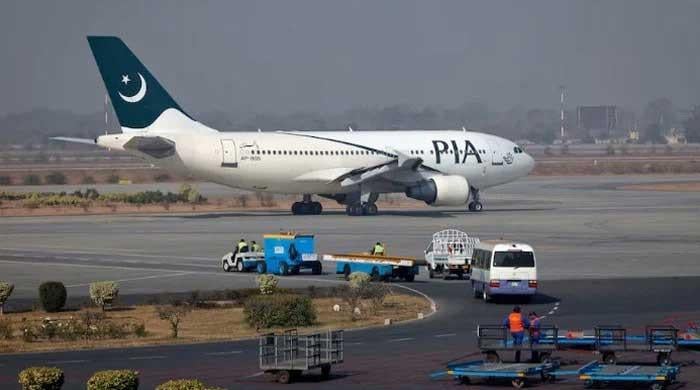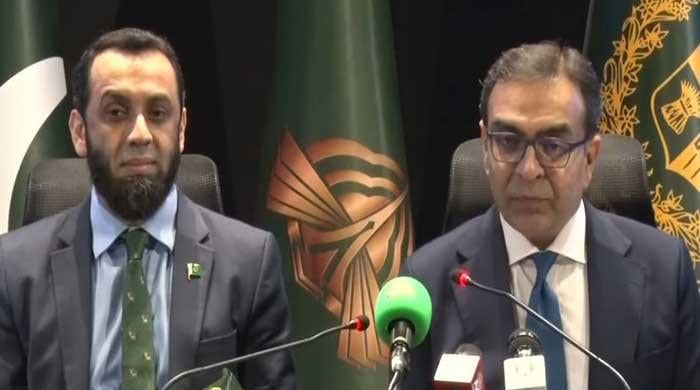Govt moves ahead with budget preparation amid uncertainty over IMF programme
PDM govt set to propose budget deficit of 5.1% of GDP for FY24; budget to be presented on June 09
May 13, 2023

- Government has decided to present the next budget on June 9.
- Federal govt’s budget deficit to be proposed at 6.4% of the GDP.
- FBR target is put at Rs9.2 trillion for the next budget.
ISLAMABAD: After facing multiple delays in tabling the Budget Strategy Paper (BSP) before the federal cabinet, the government is set to propose an overall budget deficit of 5.1% of the GDP for the incoming fiscal year 2023-24.
According to a The News report, the paper will be tabled amid the government’s failure to revive the stalled International Monetary Fund (IMF) programme.
The budget-making exercise was already affected in the wake of uncertainty on the IMF and political fronts. The government has decided to present the next budget on June 9.
Without striking a staff-level agreement with the IMF, the government has decided to present the BSP for medium term for a three-year period before the federal cabinet next week, tentatively on Monday. The federal government’s budget deficit is proposed at 6.4% of the GDP while the overall deficit of the country was projected to be brought down to 5.1% of the GDP for the next financial year.
The BSP, for the next financial year, has proposed defence budget allocation of Rs1.7 trillion for the next financial year against Rs1.56 trillion in the outgoing fiscal year’s budget. The overall primary surplus of budget deficit has been envisaged at 0.3% of the GDP for the next financial year against the initial projection of 0.2% for the outgoing financial year on the eve of the budget for 2022-23.
The FBR target is put at Rs9.2 trillion for the next budget. The finance ministry has suggested the FBR annual tax collection of Rs9.2 trillion on the higher side.
The FBR sources said the tax machinery estimated that it could fetch Rs7.2 trillion in the outgoing fiscal year against the envisaged target of Rs7.64 trillion for the outgoing fiscal year. The sources said they could fetch a maximum of Rs8.6 trillion in revenue in the next budget, keeping in view the ground realities. However, if the import restrictions are removed, the FBR collection could go up.
The government has envisaged a GDP growth rate of 3.4% for the next fiscal year while inflation might hover around 21%.
The IMF, in its latest presser, also indicated stagflation, which means the country is heading towards low growth and higher inflation. The ultimate result of stagflation will be rising poverty and unemployment in Pakistan.
The current account deficit is projected at around $8 billion for the next budget with hopes that the import restrictions would be lifted in a gradual manner in the next financial year.
Under the Public Finance Management Act approved by the parliament, the BSP has to be approved by the federal government. The PFM Act on BSP states that the federal government shall approve the budget strategy paper containing quantified macroeconomic and fiscal projections for medium-term by April 15 of each year.
It shall be published as well as placed on the Finance Division’s official website. The paper shall indicate strategic priorities of the government revenue and spending policies and specify indicative levels of spending in various ministries and divisions.
Upon approval of the paper, the Finance Division shall issue indicative budget ceilings to ministries and divisions. The minister for finance shall also discuss the budget strategy paper with the Standing Committees for Finance and Revenue in the Senate and the National Assembly.
The federal government may extend the deadline mentioned in Sub-section (1) in case of extreme requirement, the PFM Act says.









